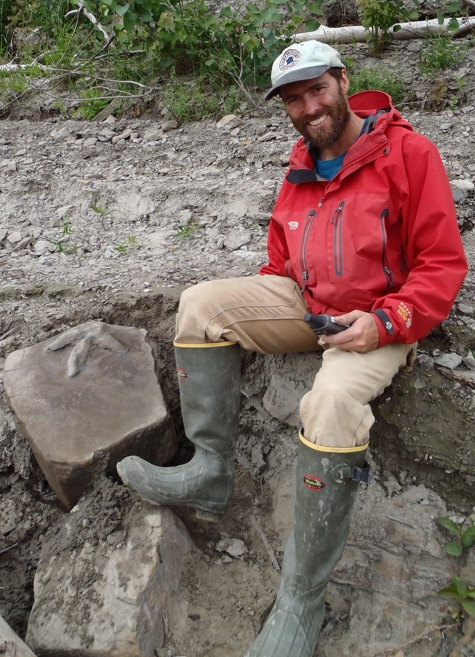Academic Tuesdays: May 9, 2023

The UA Museum of the North: A world-class museum for a world-class university
— By Patrick Druckenmiller, director of the UA Museum of the North
To most people who work and study on the Troth Yeddha’ campus, the University of Alaska Museum of the North is a place to take visiting family and friends to see exhibits or participate in some of our public programs like Family Days or Open House. However, fewer people are aware that UAMN is also the largest teaching and research museum in Alaska. UAMN is a nexus for academics and research specifically because of our extensive collections, which is the core of all we do. We house 2.5 million objects (specimens, artifacts, artworks) divided into 10 distinct collections that include many disciplines in cultural and natural history, as well as fine art. While our collections are focused on Alaska and the North, we also have holdings from across the globe.
It is these one-of-a-kind collections that can also provide transformative experiences for our students. Each collection at UAMN is overseen by a faculty curator who has a joint appointment in one of three different UAF colleges (College of Natural Science and Mathematics, College of Fisheries and Ocean Sciences and the College of Liberal Arts). These professors teach a wide variety of different undergraduate and graduate-level courses on topics ranging from archaeology, history, and art, to insects, fishes, plants, and dinosaurs. Many of these offerings directly incorporate museum collections into their curriculum, thereby providing a unique hands-on approach to learning not possible at other universities. We also welcome other instructors on campus to come and explore our galleries and collections to enhance their own teaching.
UAMN even offers formal courses designed to learn about “all things museum.” Through our Museum Research Apprenticeship (MRAP 288, 488) students work directly in a museum lab with a curator or collection manager to learn how to clean, preserve and database museum objects. We also offer an online Fundamentals of Museum Studies course (MSM 211) and hope to further develop this as a full Museum Studies program, which is not offered anywhere else in Alaska. Finally, we typically employ 30-35 students at any given time, providing real-life training in an active research museum while simultaneously helping to pay the bills.
Students are also critical players in the object-based research programs of museum investigators. Undergraduate students, some of whom are supported by URSA funding, participate in lab or field-based research, and may assist graduate students and curators by traveling to sites across the state to collect new specimens or artifacts. Museum collections are the basis for many M.S., M.A., Ph.D. and M.F.A projects by students from across the UA system. We are proud to train the next generation of museum professionals as well as others who take these skills into the public and private sector.
Finally, we recognize the critical role our collections and exhibitions play in achieving two key strategic goals at UAF: strengthening our position as leaders in Indigenous programs and growing a culture of respect and inclusion. We believe that respect is built through understanding and connecting with people who are different from you. Our collections can help bridge that gap. In addition to our research collections, which document 14,000 years of Alaska Native history, we have four major gallery spaces of exhibit space where we make it a priority to share Indigenous perspectives and those of underrepresented groups in Alaska. Our goal is to be welcoming and for all to feel part of the museum. We are proud to promote this more inclusive view of Alaska’s history, which is seen by upwards of 90,000 visitors a year from across the globe.
UAMN is a dynamic and unique resource to students, researchers and the public alike. It is easy to forget that many universities several times bigger than our own lack a comparable facility. We strive to support the needs of UAF’s students, faculty and staff and believe that a world-class university deserves a world-class museum.



